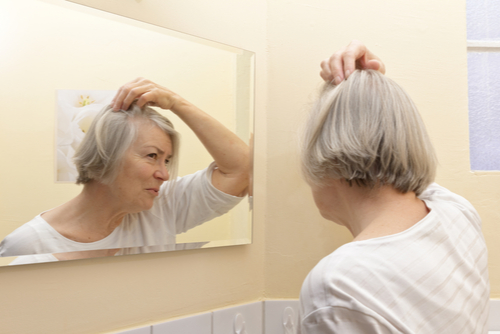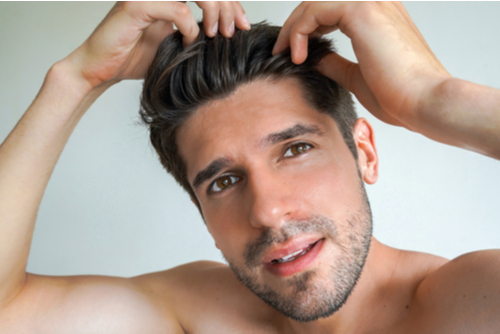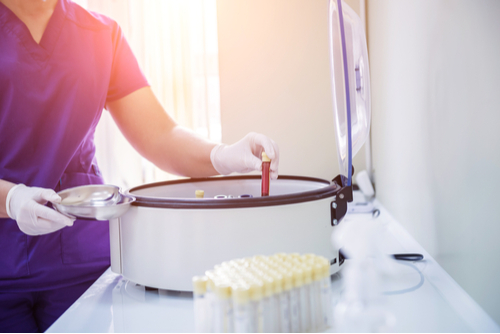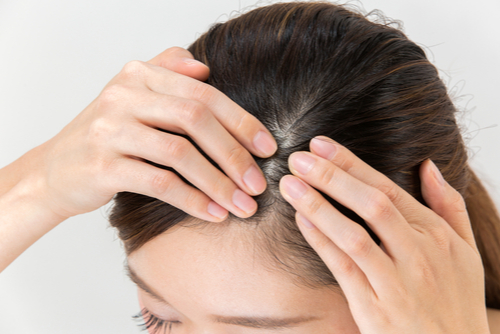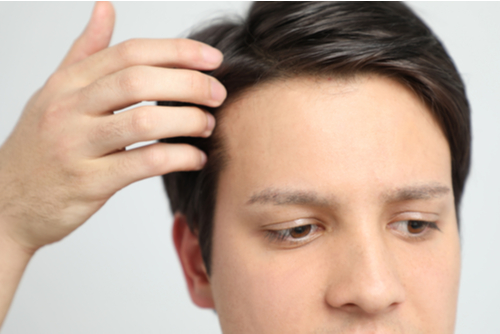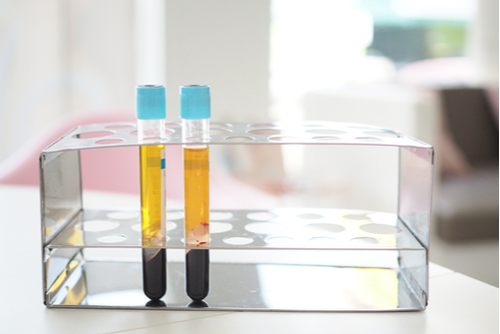
At PRP In Seattle, we deal exclusively with platelet rich plasma. However, platelet rich plasma is only one component of plasma and blood as a whole. In comparison to platelet rich plasma, there is also platelet poor plasma. Let’s take a look at, “What is platelet poor plasma?”
Platelet poor plasma is essentially plasma with a low platelet count. This is in contrast to platelet rich plasma which is plasma with a high concentration of platelets. Platelets help the blood clot and serve important functions within the blood. While PRP is used more in the medical and aesthetic fields, platelet poor plasma does also have a few indications.
Like how platelet rich plasma can aid in the healing of soft tissue injuries, platelet poor plasma also can help with certain muscle injuries as well as arthritis. It works similarly to platelet rich plasma, but does not come with the same inflammatory response that platelet rich plasma sometimes does. For patients who experience this, platelet poor plasma may help. This is also true in some cases of hair restoration.
To schedule an appointment and learn more about platelet rich plasma, call us at 206-279-2112. You can also reach out online via chat or contact form.




